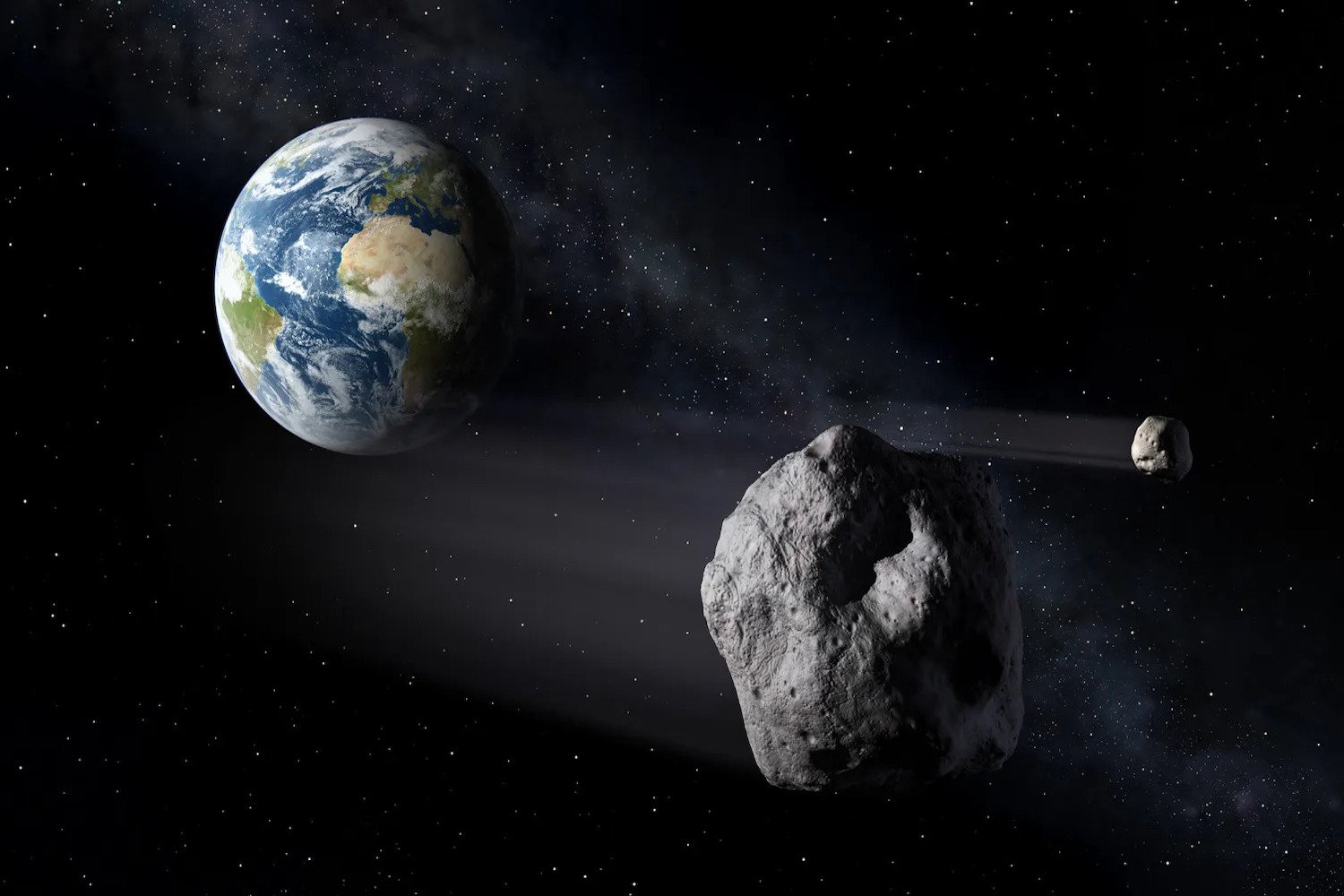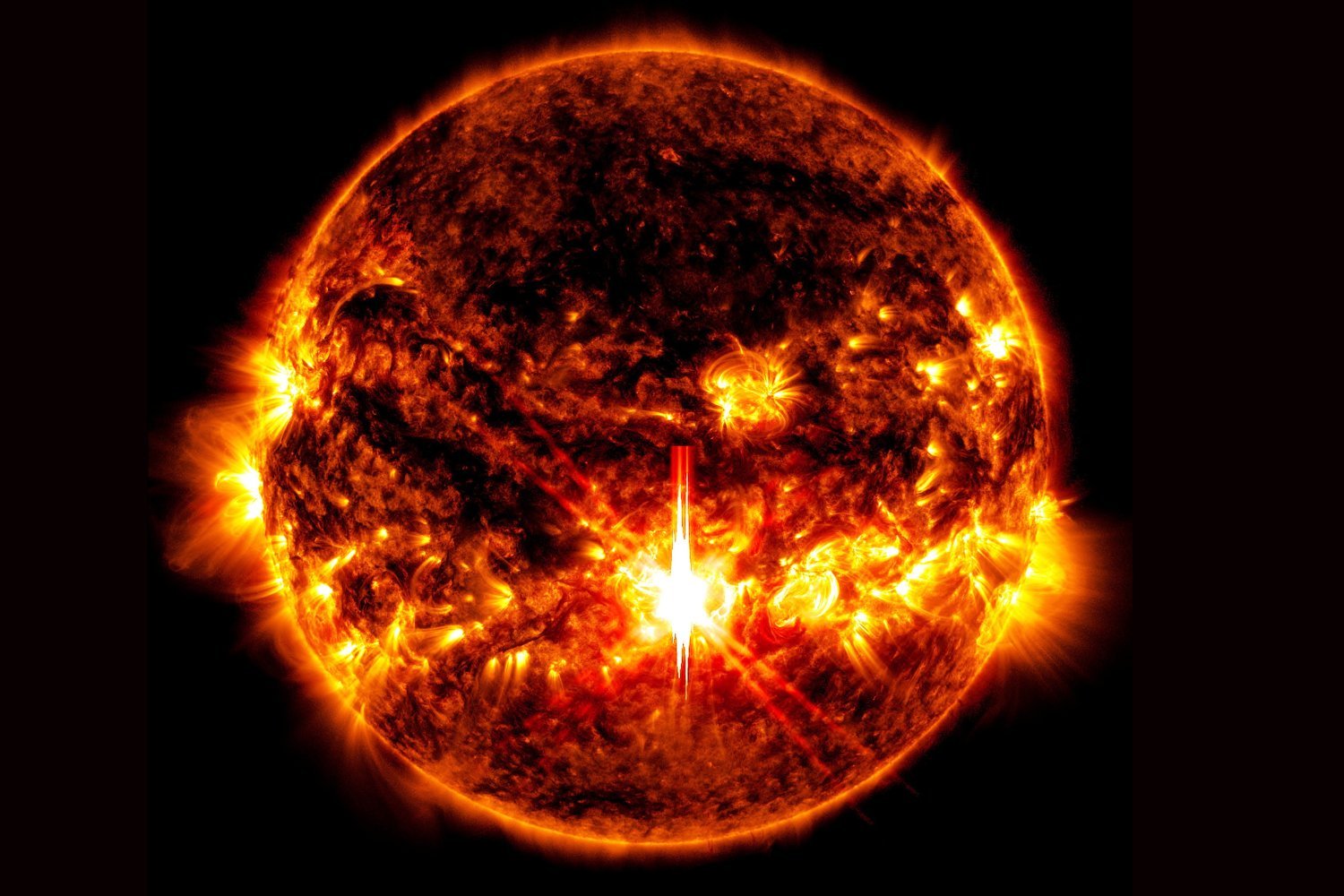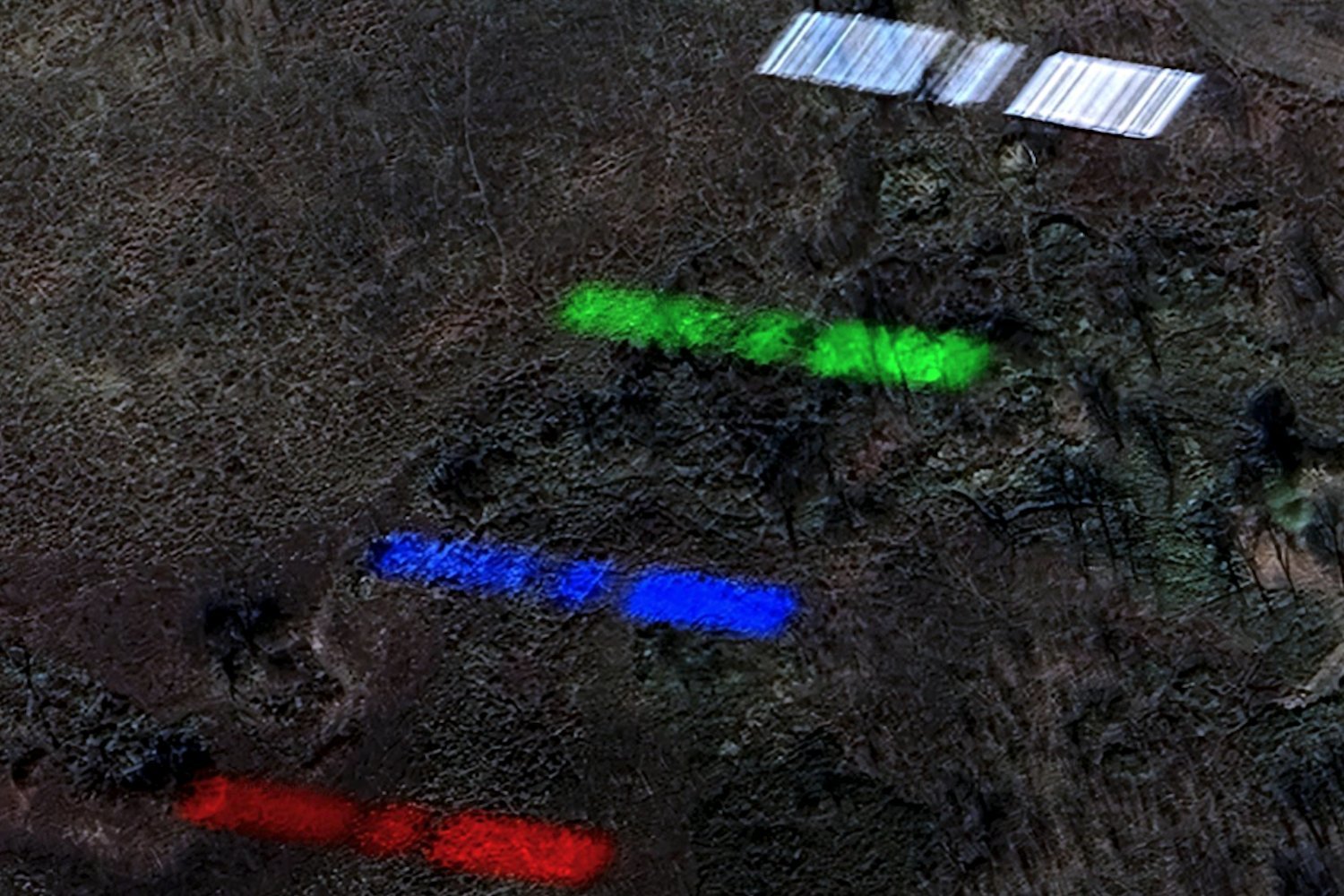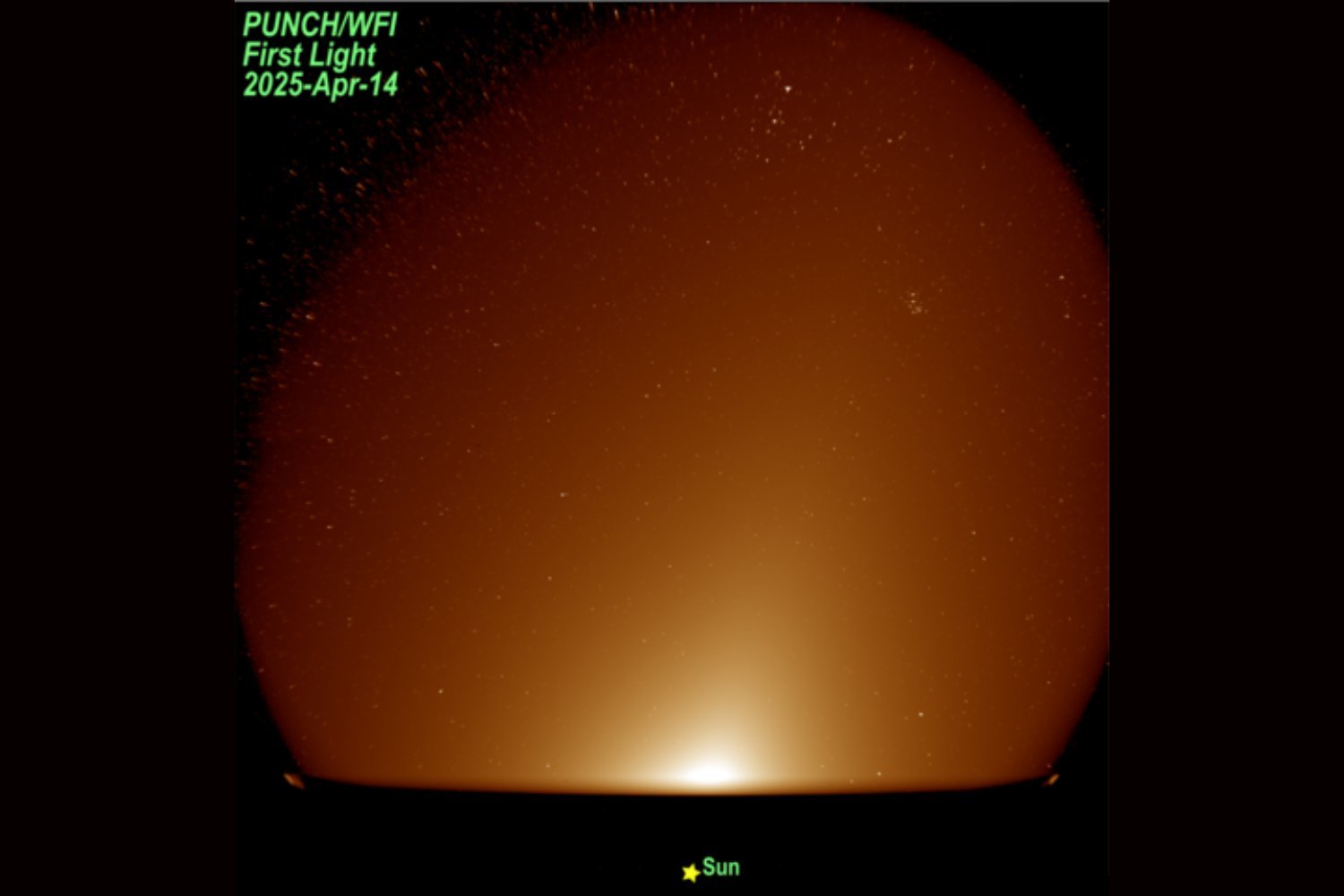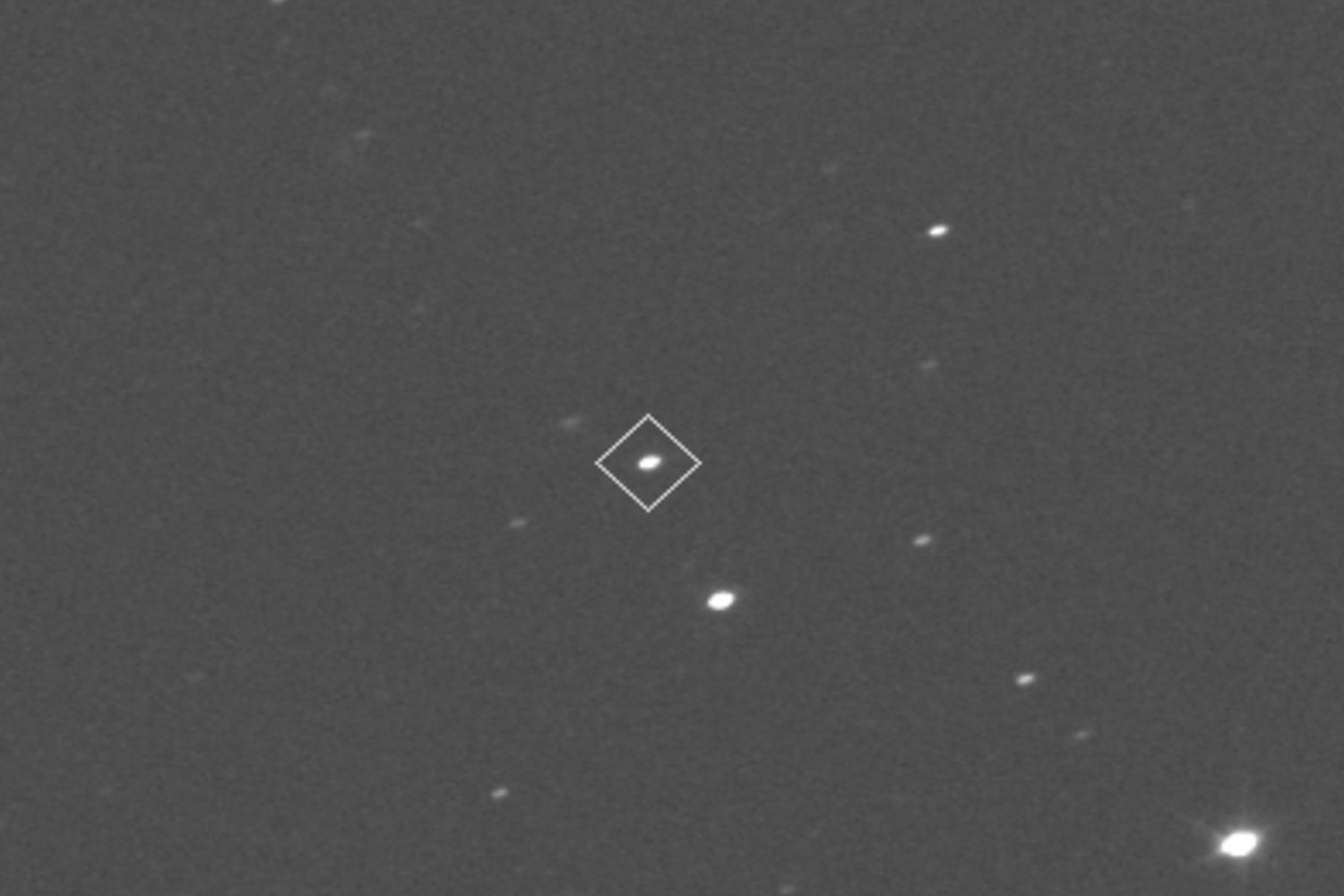Carbonaceous asteroids, rich in carbon, are abundant throughout our solar system, residing in both the main asteroid belt and closer to Earth. However, a stark contrast emerges when examining Earth’s meteorite collection. These carbon-rich rocks represent a mere 4% of the meteorites found on our planet’s surface. New research delves into this discrepancy, revealing why these fascinating space rocks are so underrepresented on Earth.
A recent study published in Nature Astronomy suggests that the Sun and Earth’s atmosphere act as significant barriers for carbonaceous asteroids. These celestial bodies, often weaker than their rocky counterparts, are prone to disintegration before they even reach our planet. Repeated heating during close solar passes weakens their structure, making them susceptible to fragmentation. “We’ve long suspected weak, carbonaceous material doesn’t survive atmospheric entry,” explained Hadrien Devillepoix, a researcher at Australia’s Curtin Institute of Radio Astronomy and co-author of the study. “What this research shows is many of these meteoroids don’t even make it that far: they break apart from being heated repeatedly as they pass close to the Sun.”
To unravel this mystery, the research team analyzed data from nearly 8,000 meteoroid impacts and 540 potential falls, gathered from 19 different observation networks across the globe. Their findings shed light on the rarity of carbonaceous meteorites on Earth.
Carbonaceous meteorites offer a unique window into the early solar system. They contain water, organic molecules, and even amino acids, making them invaluable for understanding the origins of life. “Carbon-rich meteorites are some of the most chemically primitive materials we can study,” said Patrick Shober, a researcher at the Paris Observatory and co-author of the study. Missions like Japan’s Hayabusa2 and NASA’s OSIRIS-REx have retrieved samples directly from carbon-rich asteroids, providing pristine material for in-depth analysis.
However, the scarcity of these meteorites in Earth’s collections poses a challenge to gaining a complete picture of the materials present in space. “However, we have so few of them in our meteorite collections that we risk having an incomplete picture of what’s actually out there in space and how the building blocks of life arrived on Earth,” Shober added. The study also revealed the fragility of meteoroids created by tidal disruption events, where asteroids are fragmented by the gravitational forces of planets. These fragments are particularly vulnerable during atmospheric entry.
Only the most resilient carbon-rich asteroids survive the dual challenges of solar heating and atmospheric entry. This underscores the importance of considering the “missing” asteroids that didn’t make it to Earth when assessing the true diversity of these carbon-rich space rocks. Future research efforts must account for this bias to accurately understand the composition of our solar system and the origins of life’s building blocks.



